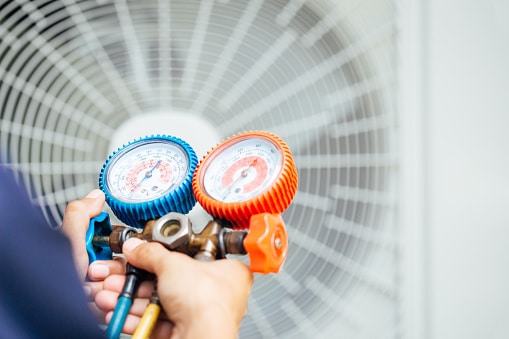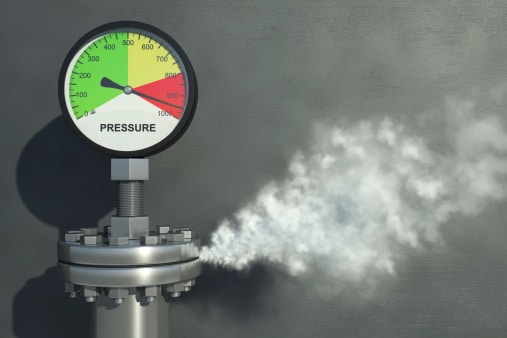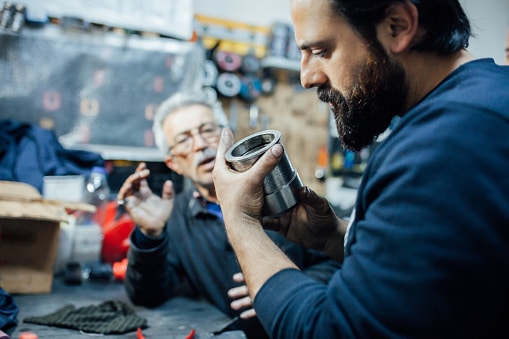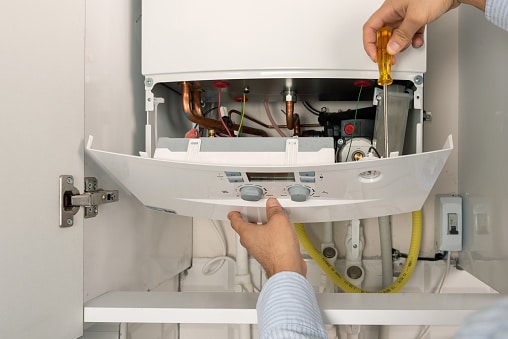
HOW DO THE VACUUM FURNACE PARTS WORKS?
VACUUM FURNACE PARTS
A vacuum furnace parts is a type of furnace that can heat materials, often metals, to extremely high temperatures and carries out processes such as brazing, sintering, and heat treatment with high consistency and low contamination. In addition, a vacuum furnace can heat materials to very high temperatures.
The product that is being heated in a vacuum furnace is encased in a vacuum while it is being heated. The absence of air or other gases eliminates a potential source of contamination while also preventing heat from being transferred to the product by convection. There are many advantages to using a vacuum furnace, including the following:
- The temperature in a confined space can be brought under control.
- The product has a low level of contamination from carbon, oxygen, and other gases.
- Rapid cooling, also known as quenching, of the product.
- The procedure can be computer-controlled to guarantee that the metallurgical results are consistent.
When metals are heated to high temperatures, they typically undergo fast oxidation, which is a process that should be avoided. The removal of oxygen in a vacuum furnace is what stops something like this from happening.
After the completion of the desired procedure in the furnace, an inert gas such as argon is often used in order to rapidly cool the treated metal back down to non-metallurgical temperatures. This inert gas may be pressured to a pressure that is at least twice that of the atmosphere.
After that, it may be circulated through the region of the hot zone in order to absorb heat before being sent via a heat exchanger in order to have that heat removed.
Vacuum Furnace Parts and Structure:
The furnace body, the vacuum unit, the hydraulic system, the control system, the cooling system, and a host of other components make up the vacuum furnace. For a gas-cooled vacuum furnace, a nitrogen gas storage tank should be installed. A high-altitude water tank should be provided in order to prevent water shutdown or insufficient water pressure. This will also prevent seals and electrodes from burning out or ablating owing to water shutdown, which might be prevented by water shutdown.
In a vacuum furnace, the high-strength steel plate that makes up the body of the furnace and the door are welded and pushed together. It is a construction that has two layers of water protection. The gear and rack drive are responsible for opening and closing the door of the vacuum furnace. It can be adjusted easily and is quite convenient.

The Structure of the Heating Chamber
The structure of the heating chamber is round in shape. Both the graphite tube heater and the cooling gas nozzle are dispersed evenly across the heating chamber in a manner that corresponds to a full 360 degrees. Materials such as flexible graphite paper and high-grade carbon felt are utilized for usage in the insulation industry. The structure is not heavy and is not mobile.
There are two distinct varieties of vacuum furnaces, each of which is named after the sort of heating it uses: the external heating type and the internal heating type. The makers of vacuum furnaces often favor the type of furnace known as an internal heating furnace. It is possible to categorize it as having a single chamber, a double chamber, three chambers, or a continuous vacuum furnace based on the different structures it possesses.
There are three different types of dual-purpose furnaces: gas-cooled, oil-cooled, and gas-oil combined. Stainless steel, high alloy die steel, high-speed tool steel, and iron-nickel base alloy can all be quenched using nitrogen, whose purity is greater than 99.999% when the process is carried out in a vacuum. In order to quench alloy steel, ZZ1 and 222 vacuum quenching oils, both of which have a low saturated vapor pressure, are utilized.
Vacuum furnace principle:
Heat is transferred from one location to another via the phase change of heat medium water in a vacuum furnace. The heat that is produced by burning fuel is taken up by water, which acts as a heat medium. Evaporation to saturation and vaporization marks the successful conclusion of the initial phase transition process, which takes place when the temperature reaches the saturated temperature of a particular vacuum state.
The phase change cycle is finished as the condensate flow enters the evaporation chamber and continues to absorb heat. The vacuum hot water boiler’s lower structure is made up of a combustion chamber and a bundle of heat transfer tubes; the upper part is a vacuum chamber into which a U-tube heat exchanger is inserted. The vacuum chamber is connected to a suction unit to keep it stable, and the non-condensable gas inside is pumped out to increase the U-type heat exchanger’s efficiency at transferring heat.
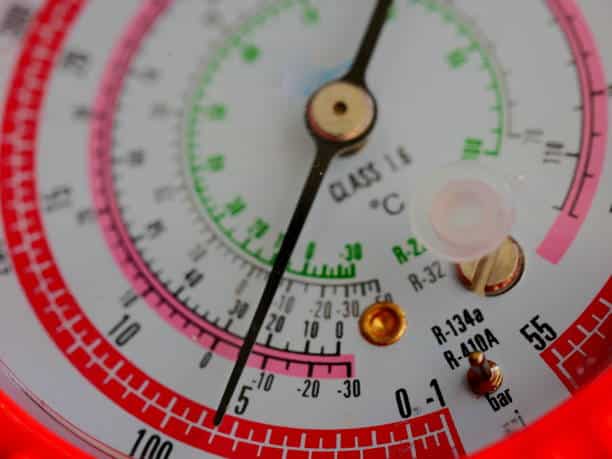
Vacuum furnace function:
- The process of heating and cooling the material or parts in a vacuum in accordance with the process parameters is known as vacuum quenching (also known as tempering and annealing). This allows the desired performance to be achieved.
- The technique of vacuum brazing is a type of welding in which a set of weldments is heated to a temperature above the melting point of the filler metal but at a temperature lower than the base metal’s melting point. This process takes place in a vacuum. (The temperature needed for brazing varies depending on the material.)
- Sintering the neighboring metal powder grains into vacuum furnace parts by adhesion and diffusion while the metal powder products are heated in a vacuum constitutes the process known as vacuum sintering.
- The combination of vacuum and magnetism is most commonly used for treating metal materials and magnetic fields.
Subjecting vacuum furnace parts and heating materials to heat:
Metals and nonmetals are both used as heating components in vacuum furnaces parts.
- Precious metals like molybdenum, platinum, tungsten, tantalum, etc., and common metals like nickel-chromium heat-resistant alloy, iron-chromium aluminum alloy, molybdenum-tungsten alloy, etc., make up one category of metal heating elements, while the other category includes more generic metals.
- Two types of graphite and a compound are among the non-metallic heating components available. Among the chemicals under question are silicon carbide, molybdenum silicide, molybdenum oxide 2, and many others. In contrast to molybdenum oxide, which softens at 1300 degrees, silicon carbide bonds easily and decomposes easily at high temperatures.
Graphite is the only material with the necessary properties for use in heating elements, including great machinability, high-temperature resistance, good resistance to quench and heat, good flexibility, a broad radiation area, and good resistance to thermal shock.
Customers of vacuum furnace parts anticipate receiving:
Comedian Graphite Products offers the whole set of services that Coidan Graphite Products offers. Our machine shop is prepared to deliver graphite spare parts on a quick turnaround in order to maintain your vacuum furnace parts.
We have significant inventories of graphite, including foil-faced graphite insulation boards, which enables us to reduce the amount of time your furnace is out of service. Because they have worked in this field for more than 20 years, the experienced engineers on our team are familiar with any and all of the components that you might require.
We have many customers who use us because of the speed of our service. Your furnace will not be kept offline waiting for an essential but low-value component to be manufactured because we understand that a vacuum furnace part is not earning money unless it is heat treated. Comedian Graphite vacuum furnace parts have immediate access to our stocks and machine shop. This is an advantage that we have over standard furnace service companies.
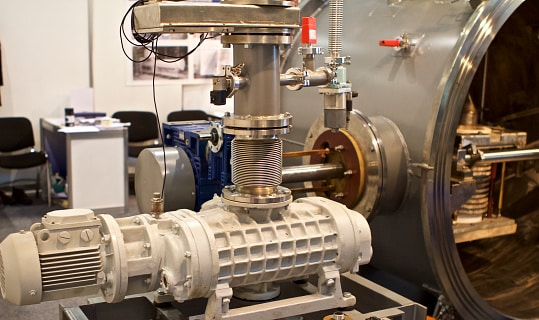
Spare parts for the furnace and the Hot Zone:
We are responsible for the manufacturing and supplying of all graphite internals located within the hot zone, including but not limited to elements, connectors, PLIs, furnace bases, and furnace furniture.
You will also be able to maintain the furnace on your own thanks to the availability of graphite and carbon insulation, carbon fiber composites, graphite foils, molybdenum hangers, and ceramic insulators in our inventory. Coidan Graphite is one of the most highly regarded companies in Europe when it comes to the provision of vacuum furnace parts and hot zone consumables.
Furnace consumables:
The distribution of consumable graphite Vacuum furnace parts, such as discs, end plugs, crucibles, and trays, constitutes the bulk of our company’s operations. We have a machine shop that is stocked with CNC mills and lathes that are all set to run at their optimum speeds in order to make low-cost consumable components.
Carbon Fiber Composite (CFC):
Carbon Fibre Composite, also known as Carbon Carbon Composite (CCC), is a lightweight structural element that is used in the hot zone of a furnace to either protect the insulation or offer strength and rigidity with a low thermal mass. It is also known as Carbon Fibre Composite (CFC). In the same way, CFCs can be utilized as heating sources, providing lengthy lifespans while maintaining a low mass.
We are able to essentially provide you with whatever it is that you would like us to design for you, including CFC angles, CFC channels, carbon fiber hearth beams, carbon fiber furnace bases, vacuum furnace protection plates, and vacuum furnace heating components. Stuffing is made of carbon fiber, along with nuts and washers.
The CFC Temperature Uniformity Survey (TUS) frames are very popular commodities. These frames replace the nickel alloy TUS frames, which become distorted and unsuitable in a short amount of time.
Because they are lightweight and can be customized, bespoke or modular jigs and fixtures are also rather popular. Because of this, the majority of your energy may be directed toward heating (and cooling) the components rather than the supports and fixtures.
Common uses:
Vacuum furnaces are used for a wide variety of different processes and applications, both in manufacturing businesses and in research laboratories.
The heat treatment of steel alloys typically involves the use of a vacuum furnace operating at temperatures lower than 1200 degrees Celsius. In a wide variety of general heat treatment applications, a steel product is subjected to hardening and tempering processes in order to make it durable and resistant to wear and tear. The steel is heated to a specific temperature during the hardening process, after which it is cooled very quickly in either water or oil, depending on the circumstances.
Carburizing in a vacuum sometimes referred to as low pressure carburizing or LPC, is another use for vacuum furnaces. During this procedure, a gas (such as acetylene) is delivered into the hot zone at temperatures that are normally in the range of 1,600 and 1,950 degrees Fahrenheit (870 and 1,070 degrees Celsius) as partial pressure.
The gas breaks down into the elements that make up its composition (in this case, carbon and hydrogen). After that, the carbon is distributed throughout the surface area of the component part. This function is often carried out multiple times, with the duration of the gas input and the time for diffusion being varied.
After the workpiece has been “cased” in the appropriate manner, the metal is quenched using oil or high-pressure gas (HPGQ). Nitrogen or, for a faster quench, helium is typically used for doing HPGQ. The term “case hardening” refers to another name for this technique.
Bottom Words
Debinding is a procedure that involves the removal of binders and is one of the numerous low-temperature applications for vacuum furnaces. In a hermetically sealed chamber, heat is supplied when a vacuum is present; this causes the binder to melt or vaporize, separating it from the aggregate.
The pumping system will remove the binder, which will then be collected or purged further down the line. The substance that has a higher melting point is the one that is filtered and left behind, and it can be processed further from this point on.
Numerous industries, including electronics, medicine, crystal growth, energy, and artificial gem manufacturing, make use of vacuum furnace parts that are capable of reaching temperatures greater than 1200 degrees Celsius.
When high-temperature materials, including metals and nonmetals, are processed in a vacuum environment, a variety of operations, including annealing, brazing, purifying, and sintering can be carried out in a manner that is fully under the operator’s control.




